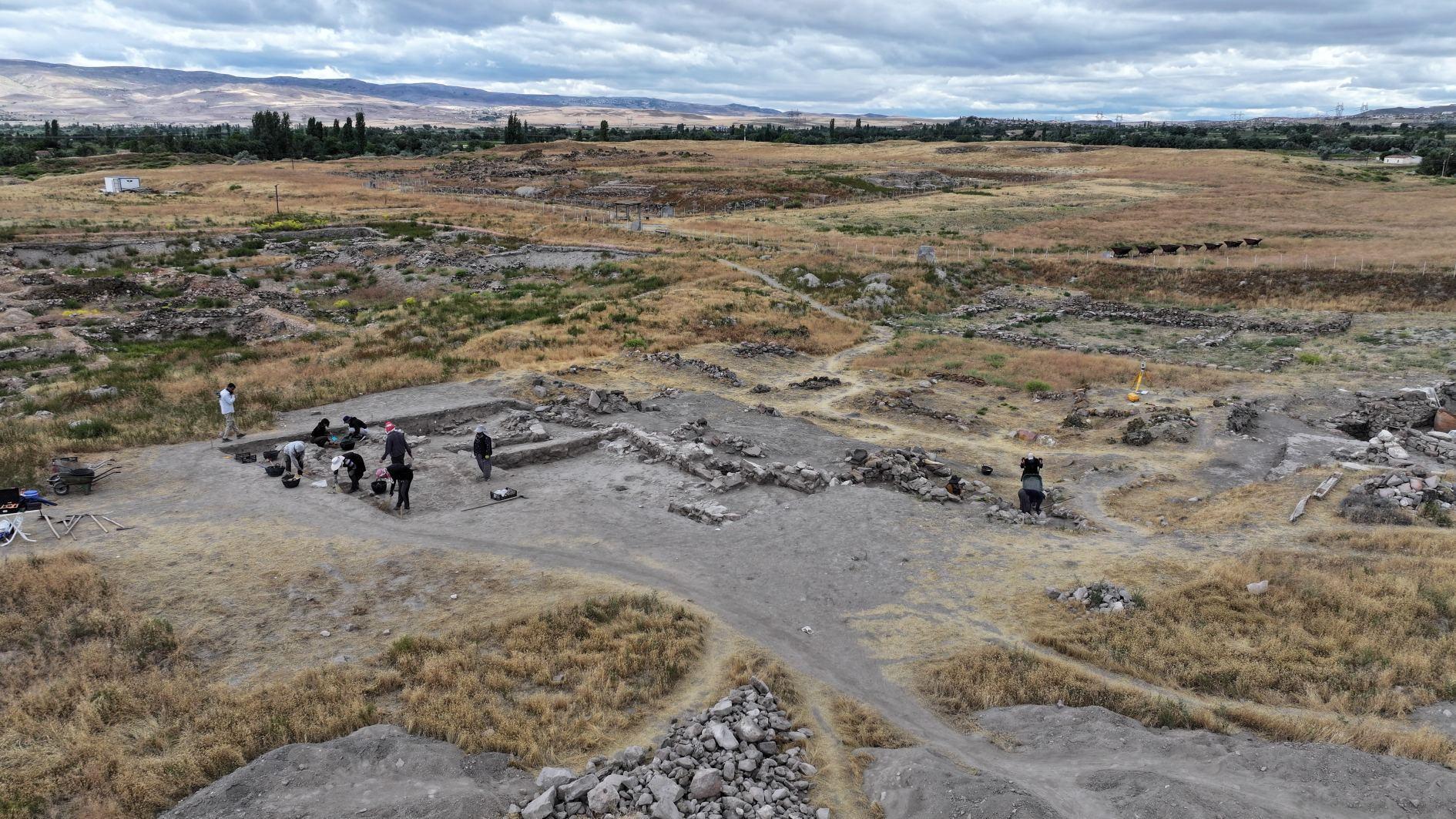
Ongoing archaeological digs at the Kültepe Kaniş/Karum mound, the cradle of Anatolia’s earliest written records and trade practices dating back nearly 6,500 years, reveal that the region’s historical roots may stretch even further, potentially to 8,000 years ago.
The excavations, which were first initiated in 1948 by renowned archaeologist Professor Tahsin Özgüç, are now being carried out under the leadership of Professor Fikri Kulakoğlu from the Faculty of Language, History and Geography at Ankara University.
To date, the team has unearthed more than 23,500 cuneiform tablets, most of which consist of commercial records written by Assyrian merchants.
Speaking to the state-run Anadolu Agency, Kulakoğlu explained that digs continue both in the Karum area, where Assyrian traders lived and conducted business and on the main mound.
Despite 78 years of excavations, less than five percent of the site has been excavated so far. “Kültepe will need to be excavated for thousands of years more,” Kulakoğlu said.
This year’s fieldwork aims to answer key questions about life in the Karum zone, where Assyrians once established trade networks and lived alongside the local population. The team is collecting samples and conducting a wide range of analyses.
“Archaeology today is no longer limited to artifacts,” Kulakoğlu noted. “Even the dust and soil from the site can reveal critical data — such as vegetation, animal species, or diseases suffered by people in ancient times through skeletal remains.”
Court records on clay tablets
The team is currently excavating an entire mudbrick house from the period. “We aim to evaluate all the archaeological finds from this house and analyze them to identify their origins, how they were produced, and — if we come across an archive — confirm their stories through written sources,” he said.
Many of the tablets found in the Karum area were written by the homeowners or were letters addressed to them. “There are even court decisions,” Kulakoğlu said. “In one inheritance case, every item in the house — gold, silver, vessels — was listed and documented on a tablet. Our goal is to verify whether these tablet records can be matched with archaeological evidence.”
Külakoğlu emphasized that Kültepe was already a significant settlement even before the arrival of Assyrian merchants. “We are trying to understand what Anatolia was like before this contact, using multidisciplinary methods and examining remains inside both residential and monumental structures,” he said.
The ongoing excavations are also part of Türkiye’s “Heritage for the Future” initiative led by the Culture and Tourism Ministry.
“So far, the findings have shed light not only on the history of Kültepe and Kayseri but also on Anatolia as a whole,” said Kulakoğlu. “We currently date the earliest layer to the Chalcolithic period, roughly 6,500 years ago. But if the excavations continue, there’s no reason we can’t push that back to 7,000 or even 8,000 years.”
He noted that reaching earlier strata requires more delicate work. “We can now analyze microscopic evidence that was impossible to study in the past,” he added.
“Kültepe is a key site that helps illuminate the entire history of the Near East,” Kulakoğlu concluded. “It contains layers of civilization and evidence not available in Mesopotamia or Syria. These excavations must continue not only for the history of Anatolia but for the history of the world.”